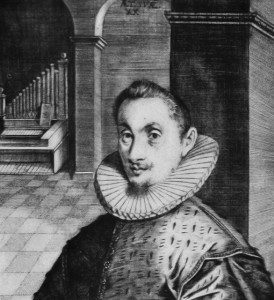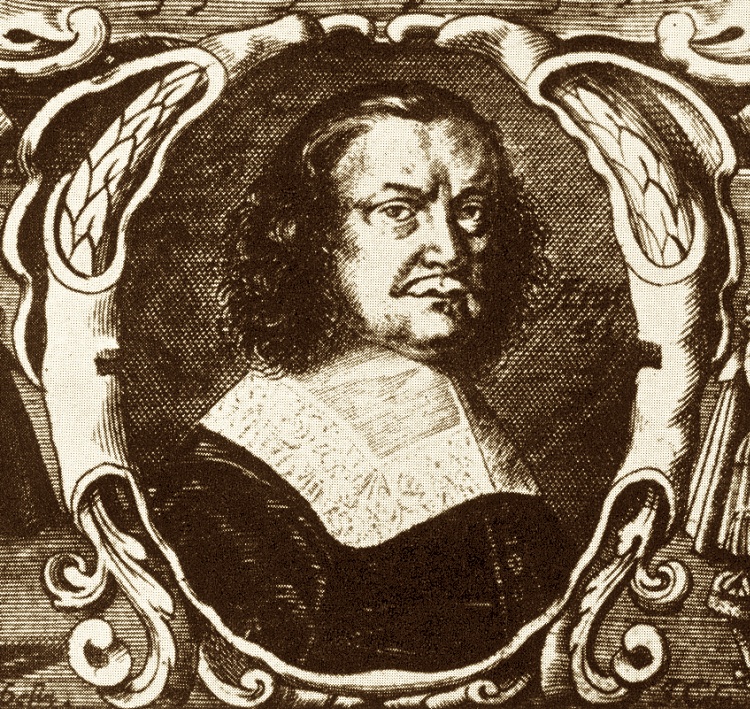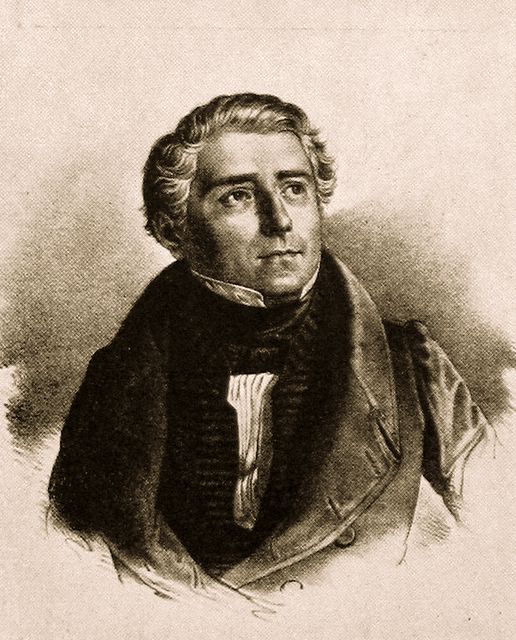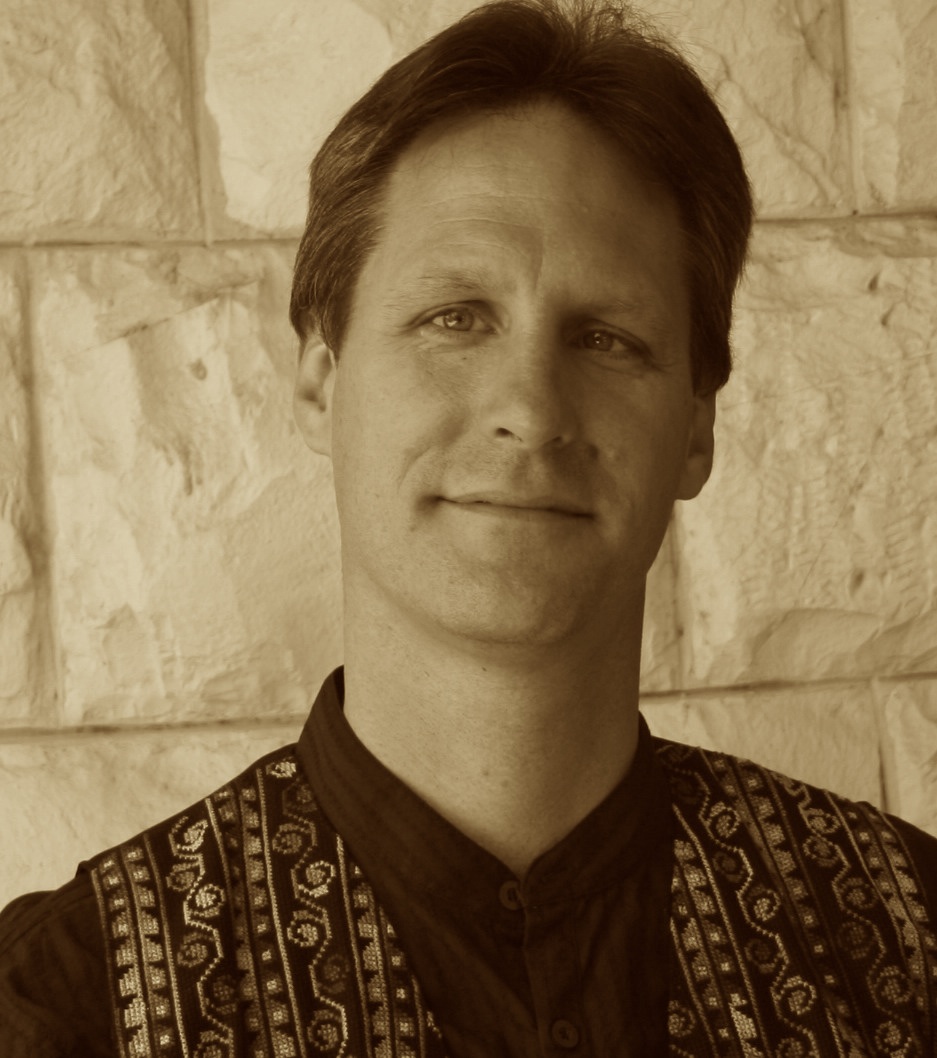California Bach Society’s December Concert Spans Four Centuries of Great Music
German Christmas music has a long tradition, dating back to medieval times. Early Christmas hymns usually integrated well-known folk melodies with lyrics written by local clergymen, and they were sung in churches, often as choral dialogues, or performed in religious Christmas plays. The oldest known (and still used) German Christmas songs date back to the 11th century. The California Bach Society explores a fascinating landscape of less-familiar works by German masters, traveling through several musical eras. Using Biblical texts (Psalms, the prophecies of Isaiah, and the New Testament), traditional hymns, and folk tunes, these composers weave these old forms into the musical textures of their times, tracing this ancient story from the angel’s startling announcement to Mary, through the presentation of the child Jesus in the Temple.
The Christmas hymn “Ein Kind geboren in Bethlehem” (original composer unknown) dates back to 1512 and is presented in a compilation of settings by the German Renaissance and early baroque composers Bartholomëus Gesius, Michael Praetorius and Melchior Vulpius.

Hans Leo Hassler was the first of many German composers of the early baroque era who went to Italy to continue their studies; he arrived in Venice during the peak of activity of the Venetian school. His setting of “Dixit Maria” (Mary’s reply to the angel during the Annuniciation) is in the Venetian style as well as somewhat reminiscent of Palestrina.
The sixteenth-century German composer Johannes Eccard was a pupil of Orlando di Lasso and an important figure of the Protestant Reformation. “Über’s Gebirg Maria geht” (“Over the mountain Maria went”) is a buoyant and cheerful setting of a folk hymn describing Mary’s visit with her cousin Elizabeth. Another folk hymn, “Ich steh an deiner Krippen hier,” is given a sweet and reverent chorale-like treatment. The medieval Christmas hymn “Resonet in laudibus” presents the traditional melody in the soprano part, propelled along by ascending lines in the lower accompanying parts.
Heinrich Schütz is represented by two works in very different moods. “Hodie Christus natus est,” is a fairly elaborate six-part setting of this antiphon text. The final movement, (“Beschluß—Dank sagen wir alle Gott”) from his Christmas Story, a setting of the Gospel intended to be performed during a service instead of the Gospel reading, is a late work, composed when Schütz was 75 years old, and it features the austere musical style that Schütz adopted late in life.

Andreas Hammerschmidt was a younger contemporary of Schütz, and his best works hold up quite well in comparison; his reputation as “the poor man’s Schütz” is not quite fair. His stirring setting of “Machet die Tore Weit” (“Lift Up Your Heads, O Ye Gates”) is a fine example of the melded German Protestant/Italian style. The motet “Sei willkommen, Jesulein,” in contrast, is charming and folk-like.
Johann Rudolph Ahle’s Christmas motet “Fürchtet euch nicht” features a vigorous dialogue between the shepherds and the angels, set off with instrumental ritornellos. It is one of the earliest compositions to display this particular dialogue style.
We round off this era with a sweet and simple setting of “O Jesulein süß,” which is attributed to Johann Sebastian Bach.
In Carl Loewe’s lifetime, his songs were well enough known for some to call him the “Schubert of North Germany.” “Quem pastores laudavere” (an antiphon for Christmas) is a setting of a 16th-century German folk song with a “macaronic” text (mixing Latin and German). In alternation, a small choir sings a phrase of the Latin verses, and the large choir answers with the same phrase in German.
Felix Mendelssohn’s essentially conservative musical tastes set him apart from many of his more adventurous musical contemporaries. After a long period of relative denigration due to changing musical tastes and anti-Semitism in the late 19th and early 20th centuries, his creative originality has now been recognized and re-evaluated. “Im Advent” and “Weinacht” are eight-part motets from his series of six motets for the Christian liturgical year.

Albert Becker taught on the faculty of the Akademie der Künste in Berlin, where his famous pupils included Johan Halvorsen and Jean Sibelius. In 1889 he was appointed conductor of the Royal cathedral choir in Berlin. His setting of “Machet die Tore Weit” makes use of vigorous rhythms and a broad dynamic palette.
Max Reger’s compositions could be considered retrospective as they followed classical and baroque compositional techniques, and, he was also famous for his highly chromatic harmonic language (more in the spirit of Liszt and Wagner). Yet, his setting of “Unser lieben Frauen Traum” (“Our Dear Lady’s Dream”), part of a set of eight spiritual songs written towards the end of his rather short life, is calm, reverent, and harmonically straightforward.
Carl Orff was an entirely self-taught composer, inspired by such diverse influences as Stravinsky and Monteverdi. He is best known for his cantata Carmina Burana, and for his influential approach toward music education for children. Die Weihnachtsgeschichte (The Christmas Story) is part of his Orff-Schulwerk, music composed for children. Many well-known traditional German Christmas carols are set into this work, which can also be performed as a Christmas play.

The Gesangbuch of Andernach (1608) refers to “Maria durch ein Dornwald ging” as being universally known and liked at that time. The use of the words “Kyrie eleison” shows that it had its origin in the first period of the creation of German religious folk songs during the Middle Ages. Günter Raphael (incidentally, the grandson of Albert Becker) sets this traditional Advent hymn in an elegant Neoclassical harmonic context.
Hugo Distler’s “Die Weihnachtsgeschichte” looks back at the baroque motet for structural inspiration; the composer stitches together the prophetic words of Isaiah with the story of Christmas as told in the Gospels of Luke and Matthew and closes with words from an Epistle of John (“God so loved the world”). These sections (featuring choral writing and recitatives) alternate with settings of seven different verses from the beloved Renaissance hymn “Es ist ein Ros entsprungen” (known to English speaking audiences as “Lo, how a Rose”). Interestingly, although the first three or four verses of this hymn are the most well known, it actually contains approximately twenty-three verses.
SFEMS members receive a $5 discount when using promotion code “SFEMS” at www.calbach.org/tickets.pl. Tickets can be purchased in advance by phone at (650) 485-1097 or online at www.calbach.org/tickets.pl. The deadline for advance sales is 5 pm on Thursday, December 4.
Performances are Friday, December 5, 8:00 p.m., at St. Mark’s Lutheran Church, 1111 O’ Farrell St. (at Franklin), San Francisco; Saturday, December 6, 8:00 p.m., at All Saints’ Episcopal Church, 555 Waverley (at Hamilton), Palo Alto; and Sunday, December 7, 4:00 p.m., at St. Mark’s Episcopal Church, 2300 Bancroft Way (at Ellsworth), Berkeley. Doors open 30 minutes prior to each performance. Advance purchase tickets are $25 general admission; $18 seniors; $10 students and under 30. Tickets purchased at the door are $30, $22 and $10, respectively. For information, phone 650-485-1097, visit www.calbach.org, or email [email protected].












